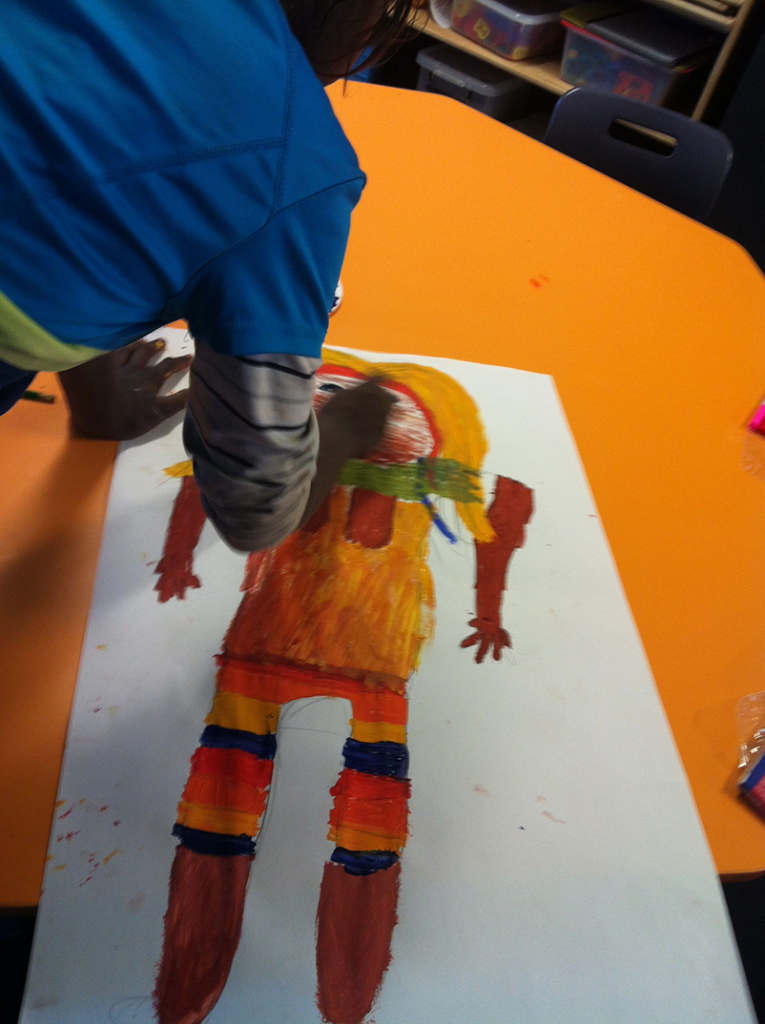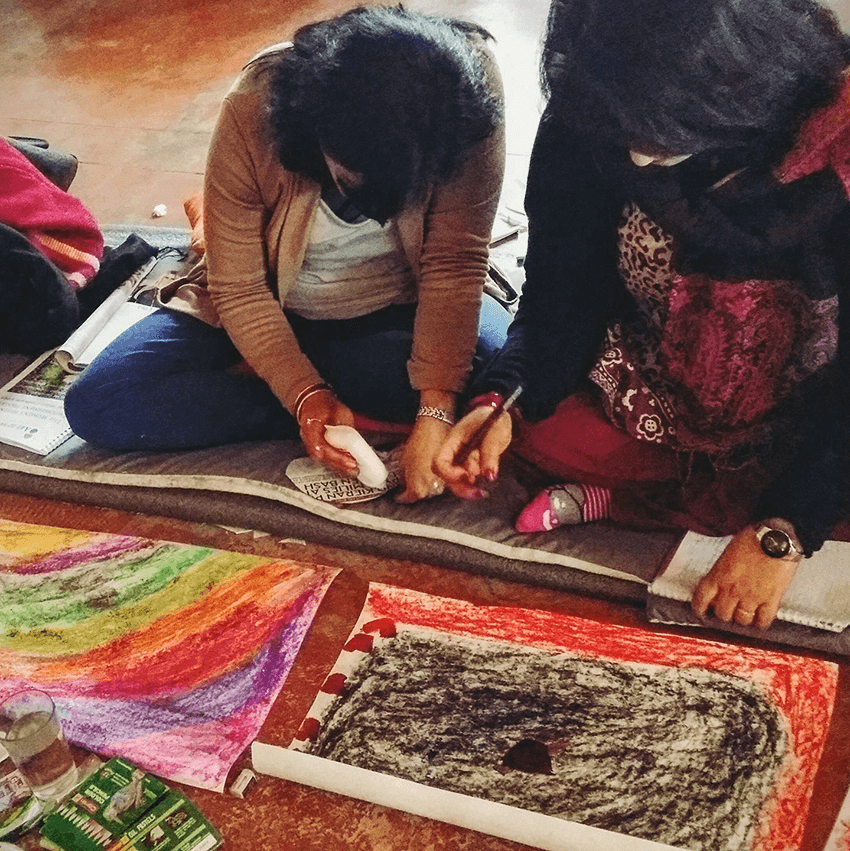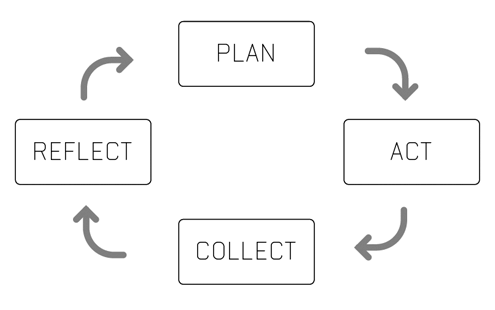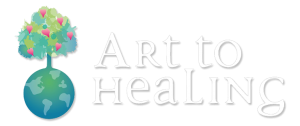Expressive Art Therapies
`Art is a way of knowing`
– Pat Allen
What is Expressive Art Therapy?
Expressive art therapy is not art making; however, it involves creation and non-verbal expression, powerful tools in trauma recovery.
Expressive art therapy is the use of different art mediums, e.g. drama, dance, music, writing, creative journaling, painting and drawing as therapy. Alongside an art therapist, clients choose a medium they feel can best express their emotions.
Art is inherently creative. A client doesn’t need to have the words or ability to express themselves for it to help with their recovery. It is gentle and does not involve confrontation. For people that have experienced trauma, expressive art therapies are often ideal tools for healing and recovery.
“Art is a little subversive, very subversive; it gets underneath the surface and reveals what is there; it is a Geiger counter for truth.”
-Pat B. Allen
Why Expressive Art Therapy?
Many of the women and children we work with are sold into sex slavery because their family environment is unsafe. In many cases these families cannot afford necessities like food and water; selling a daughter into slavery therefore alleviates some of this pressure, albeit temporarily.
Many women and children therefore suffer from complex trauma and have not developed or lost the capacity to express themselves through language. It is also common for these women to struggle to regulate their emotions and build trusting relationships with others. Traditional talk therapy can be re-traumatising and unhelpful for these women and children.

Expressive art therapy is the perfect bridge for supporting these women and children to begin to process feelings and experiences. Through the challenging process of expressing difficult feelings in a safe, relaxing environment, women and children can begin to build resilience, confidence and a healthy relationship with their emotions: one in which they are not being controlled but rather, in control.
Expressive art therapy also helps women and children to begin to imagine new possibilities for their futures. For many of the women and children we work with, it is not safe for them to return home to their families. They face discrimination and a high likelihood of being re-sold into slavery. Being able to imagine creative solutions and possibilities for their futures is vital in supporting them to create a new narrative for themselves, one free from slavery and exploitation.
“Our imagination is the most important faculty we possess. It can be our greatest resource or our most formidable adversary. It is through our imagination that we discern possibilities and options… imagination is the deepest voice of the soul and can be heard clearly only through cultivation and careful attention. A relationship with our imagination is a relationship with our deepest self.”
– Pat. B. Allen.
A Trauma Informed Approach
Our expressive art therapy and educational programs are informed by several different approaches to trauma recovery:
Dr Bruce Perry’s Neurosequential Model of Therapeutics,
Somatic Experiencing®,
Narrative Therapy
Focus Orientated Art Therapy
Attachment and Developmental Theories
We recognize the relationship between the brain and trauma, and see how expressive art therapy support neural healing.
Our trauma informed approach takes into consideration:
- The mind and body’s response to traumatic events
- The recognition that behaviours are an expression of underlying trauma, not pathology
- Cultural sensitivity, community empowerment and building resilience to promote growth and healing
- The connection between the brain and personal narratives about traumatic events
Expressive art therapy is used early in the care of women and children to ensure the nervous system has the time and resources to effectively process and recover from the trauma.

“Imagination gives us the opportunity to envision new possibilities—it is an essential launch pad for making our hopes come true. It fires our creativity, relieves our boredom, alleviates our pain, enhances our pleasure, and enriches our most intimate relationships.”
― Bessel A. van der Kolk
Arts Based Research
At Art to Healing, we constantly evaluate our programming to ensure the highest quality of standards. We undertake quantitative and qualitative research using an action based research model to understand what trauma recovery approaches are most effective.

This commitment to evaluating and refining our therapeutic approach enables us to build a resource bank of tools and learnings for other health professionals working in this area, as well as the women and children who themselves are impacted by sex slavery.





